
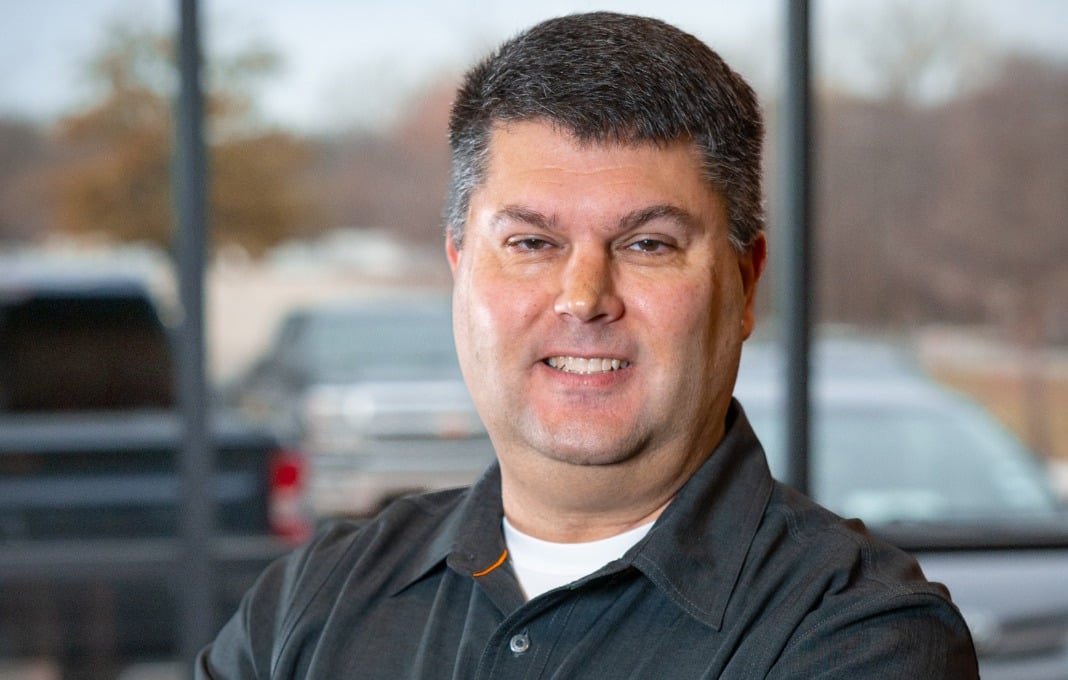

When David Naylor became CEO of Rayburn Electric Cooperative, the organization had just 22 employees and a deeply traditional structure typical of many utilities—especially electric cooperatives. Today, Rayburn’s workforce has grown to over 100, its processes are digitized and its culture is marked by empowerment, innovation and a strong sense of purpose.
At the heart of this transformation? A simple but powerful mantra: “Status quo is not company policy.”
Under Naylor’s leadership, Rayburn dismantled conventional hierarchies and fostered a flat organizational model that empowers employees at all levels to lead, contribute and grow. “Fewer walls and more bridges,” Naylor says. “Team members are making smart decisions because they understand the mission and know they’re trusted to implement it at every level.”
This shift wasn’t just philosophical—it was operational. Employees were encouraged to question entrenched practices, such as billing via Excel spreadsheet, and instead design smarter systems. They also had to be brought along as processes were automated and job descriptions changed. “We had to encourage people that look, just because you’re not doing what you did yesterday, doesn’t mean that there’s not a place for you here at Rayburn,” says Naylor, who adds that 30 percent of the company’s employees are working in jobs that they were not hired to do. “It’s about finding the right fit, the right opportunities, and then we don’t hesitate to move people.”
The transformation also meant welcoming employee input at every level. Naylor saw the ripple effects of shared ownership: As individuals became more invested, collaboration increased and friction diminished. “That forces the overall organization to move forward and improve as well,” he says. The result is a team not only aligned on goals, but also energized by the opportunity to shape how those goals are achieved.
Empowering staff hasn’t meant abdicating leadership, and Naylor makes clear that decentralization is about trust, not chaos. “Employees do understand that Rayburn’s not a democracy. There are certain areas where I have to make the call,” he says, “but I can’t have my hands in every single thing.”
By fostering clarity and accountability, Rayburn maintains operational integrity while distributing authority. Employees are trusted to make real-time decisions, like purchasing field equipment, for example, without slogging through bureaucracy. “We give a lot of flexibility here at Rayburn,” Naylor says, “and I will support you.” That safety net fuels proactive thinking and initiative.
This model has redefined what leadership looks like at Rayburn. “A flat organization doesn’t mean leaderless—it means leadership shows up wherever it’s needed,” Naylor says. Supervisors and managers are trained to guide, not gatekeep. Teams form organically across departments, and decision-making is accelerated by shared values, not rigid protocol.
Growth has required rethinking recruitment. “We’re hiring people and attracting talent that have never worked for an electric utility—and certainly never heard of an electric cooperative,” Naylor says. “The only experience they have with electricity is turning the light switch on.”
That unfamiliarity is a strategic asset. “It really brings a fresh viewpoint to the work,” he says, noting that new perspectives challenge legacy thinking and open the door to innovation, which has become a core value. “Some of the things we’ve implemented are not what a typical utility will do, but we think they’re better. By giving the employees an opportunity to make contributions, that continues to facilitate buy-in.” Naylor adds that Rayburn hires for mindset—curiosity, problem-solving and a willingness to challenge the norm.
To ensure long-term fit, Rayburn invests in internships and talent pipelines early. “We’ve got [around] 13 interns, and they’re in all areas of our group,” Naylor says, adding that some are still in high school or college—and one was so impressive she was hired part-time and is being paid to finish her degree.
Mistakes are not just tolerated—they’re embraced as growth opportunities. “One of the most difficult things is this notion that if I make a mistake, I’m going to get fired,” Naylor says. “We really try to focus [instead] on continual improvement.”
He recalls his own early blunders—like faxing blank pages due to upside-down paper—with humor and humility. “If I got fired for every mistake I made, I never would’ve been here,” he says.
To reinforce this, Naylor reminds staff, “Excellence is not perfection. It’s always doing your best and striving to do better than the day before.”
These values are embedded in the company’s leadership training and feedback loops. Managers are coached not just to evaluate performance, but to model transparency and growth themselves. By normalizing failure as part of learning, Rayburn builds the confidence that drives innovation.
• Define—and live—your values. “Once you know what your values are, that really will dictate your hiring process… Everything else kind of falls into place.” Values become the glue that binds teams and the compass that guides behavior, especially in times of uncertainty. They also act as a filter—helping identify who belongs in the organization and who may not.
• Empower without abdicating. “A flat organization doesn’t mean leaderless—it means leadership shows up wherever it’s needed.” Delegating authority requires establishing clarity and accountability, not withdrawing oversight. Empowerment works best when expectations are clearly defined and reinforced through culture, not command.
• Make space for innovation. “Progress doesn’t always come with a blueprint. Some of the most meaningful shifts didn’t start with a strategy document—they started with a conversation.” Organizations that prioritize experimentation and feedback loops will adapt faster than those that cling to rigid plans. Leaders must create an environment where curiosity is rewarded and “mistakes” are framed as learning opportunities. And hiring for potential, not just pedigree, helps build a future-proof workforce that thrives on disruption.
• Model humility and presence. “Leadership doesn’t live behind a desk,” says Naylor. “I try to walk the floors and develop personal relationships with our employees.” Casual one-on-ones allow him to listen, coach and underscore Rayburn’s values in real time. Visibility and authenticity go hand in hand when building trust, and employees are more likely to take risks and contribute ideas when they feel seen, heard and valued by leadership.
“I look around Rayburn today and see a place that’s faster, stronger and more focused than ever before,” says Naylor. “But more than that, I see a team that’s proud of what they’re building.”
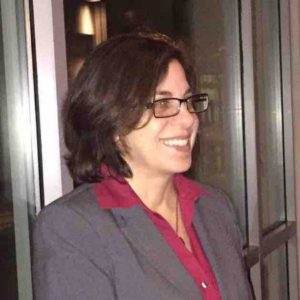

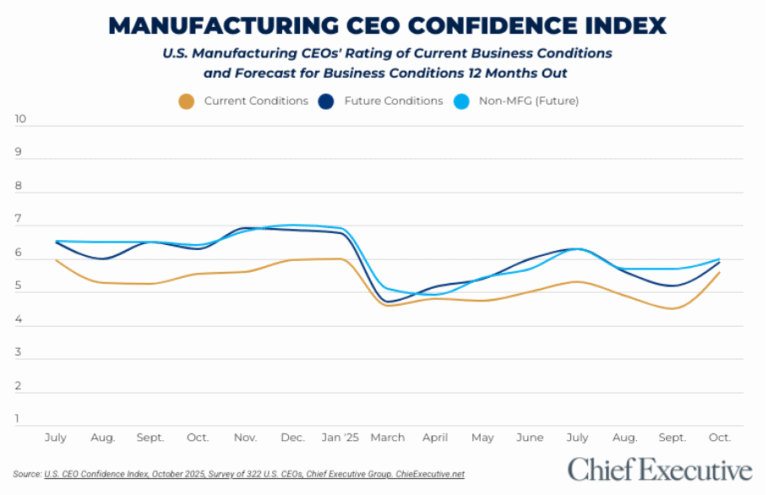

0
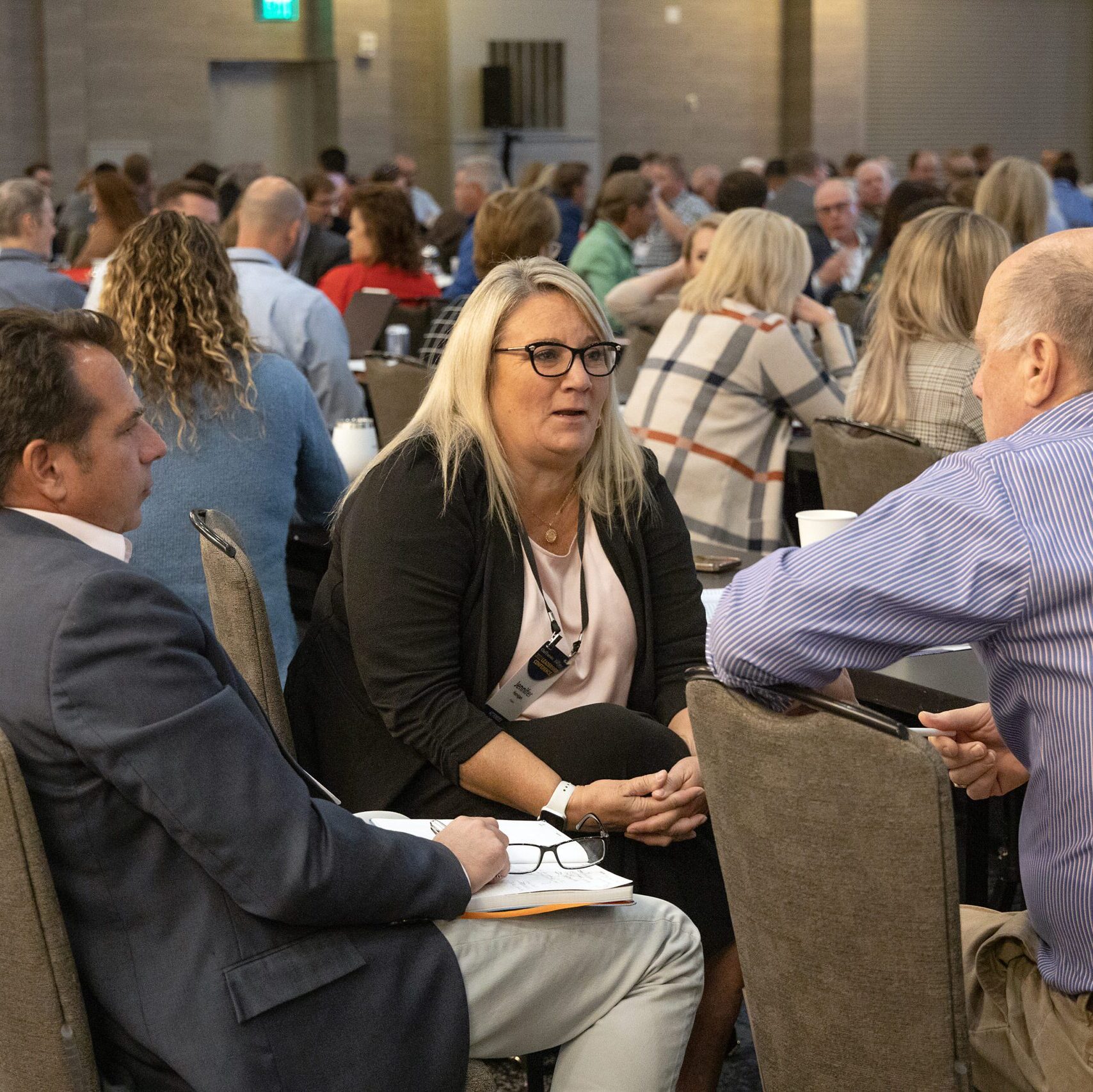
1:00 - 5:00 pm
Over 70% of Executives Surveyed Agree: Many Strategic Planning Efforts Lack Systematic Approach Tips for Enhancing Your Strategic Planning Process
Executives expressed frustration with their current strategic planning process. Issues include:
Steve Rutan and Denise Harrison have put together an afternoon workshop that will provide the tools you need to address these concerns. They have worked with hundreds of executives to develop a systematic approach that will enable your team to make better decisions during strategic planning. Steve and Denise will walk you through exercises for prioritizing your lists and steps that will reset and reinvigorate your process. This will be a hands-on workshop that will enable you to think about your business as you use the tools that are being presented. If you are ready for a Strategic Planning tune-up, select this workshop in your registration form. The additional fee of $695 will be added to your total.
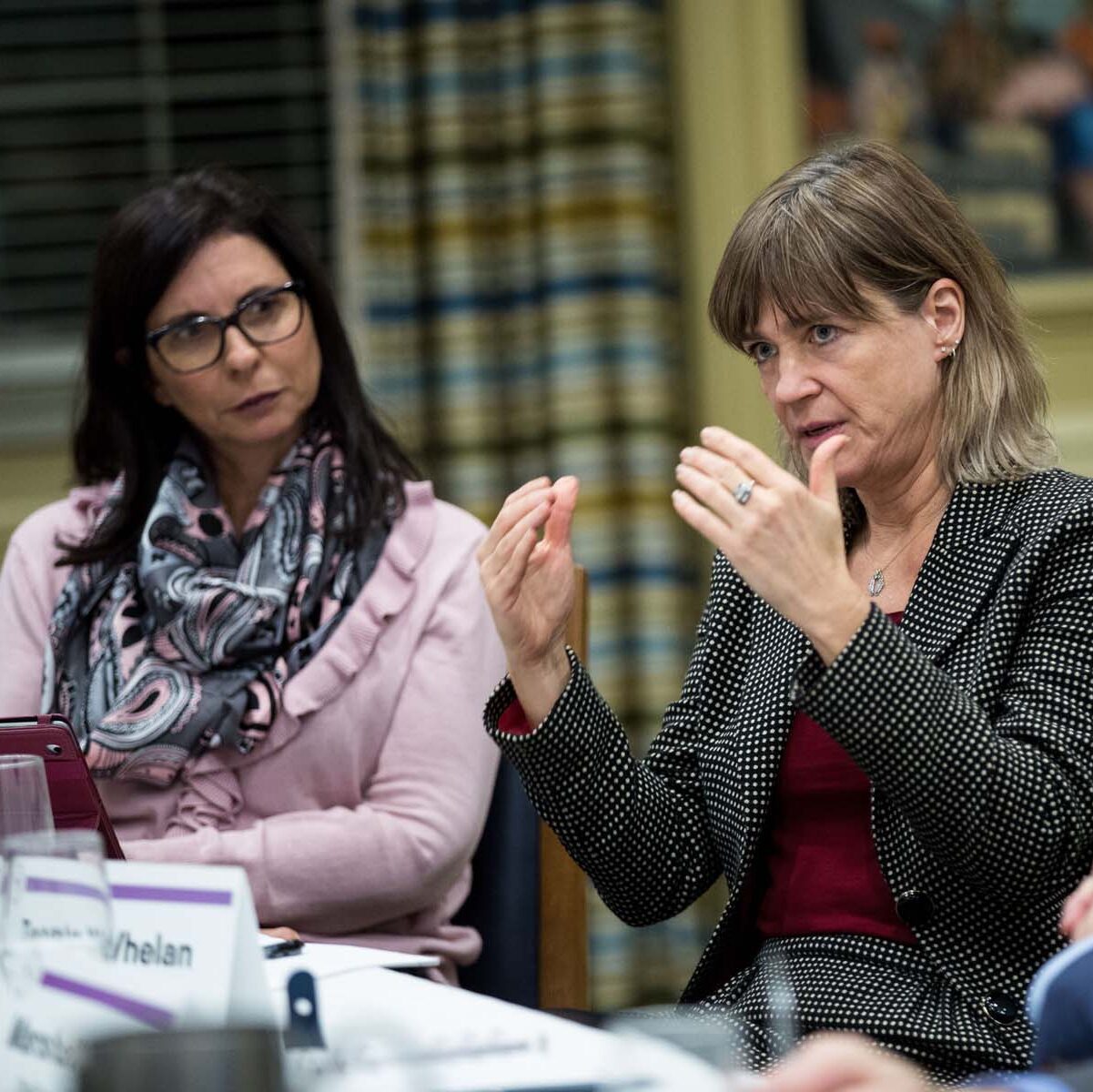
2:00 - 5:00 pm
Female leaders face the same issues all leaders do, but they often face additional challenges too. In this peer session, we will facilitate a discussion of best practices and how to overcome common barriers to help women leaders be more effective within and outside their organizations.
Limited space available.

10:30 - 5:00 pm
General’s Retreat at Hermitage Golf Course
Sponsored by UBS
General’s Retreat, built in 1986 with architect Gary Roger Baird, has been voted the “Best Golf Course in Nashville” and is a “must play” when visiting the Nashville, Tennessee area. With the beautiful setting along the Cumberland River, golfers of all capabilities will thoroughly enjoy the golf, scenery and hospitality.
The golf outing fee includes transportation to and from the hotel, greens/cart fees, use of practice facilities, and boxed lunch. The bus will leave the hotel at 10:30 am for a noon shotgun start and return to the hotel after the cocktail reception following the completion of the round.